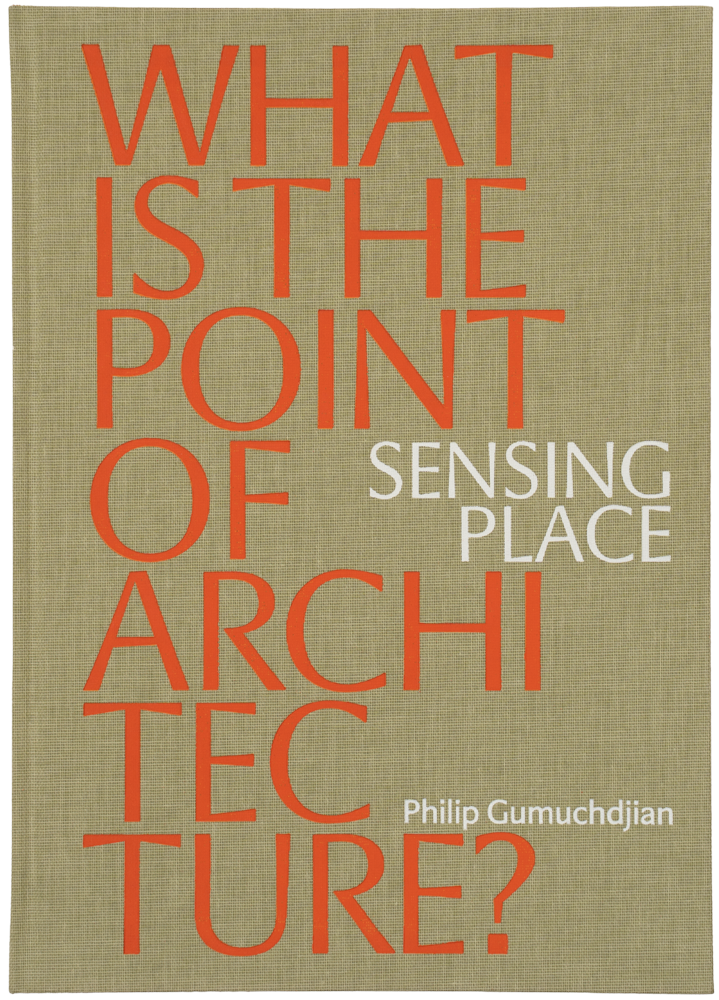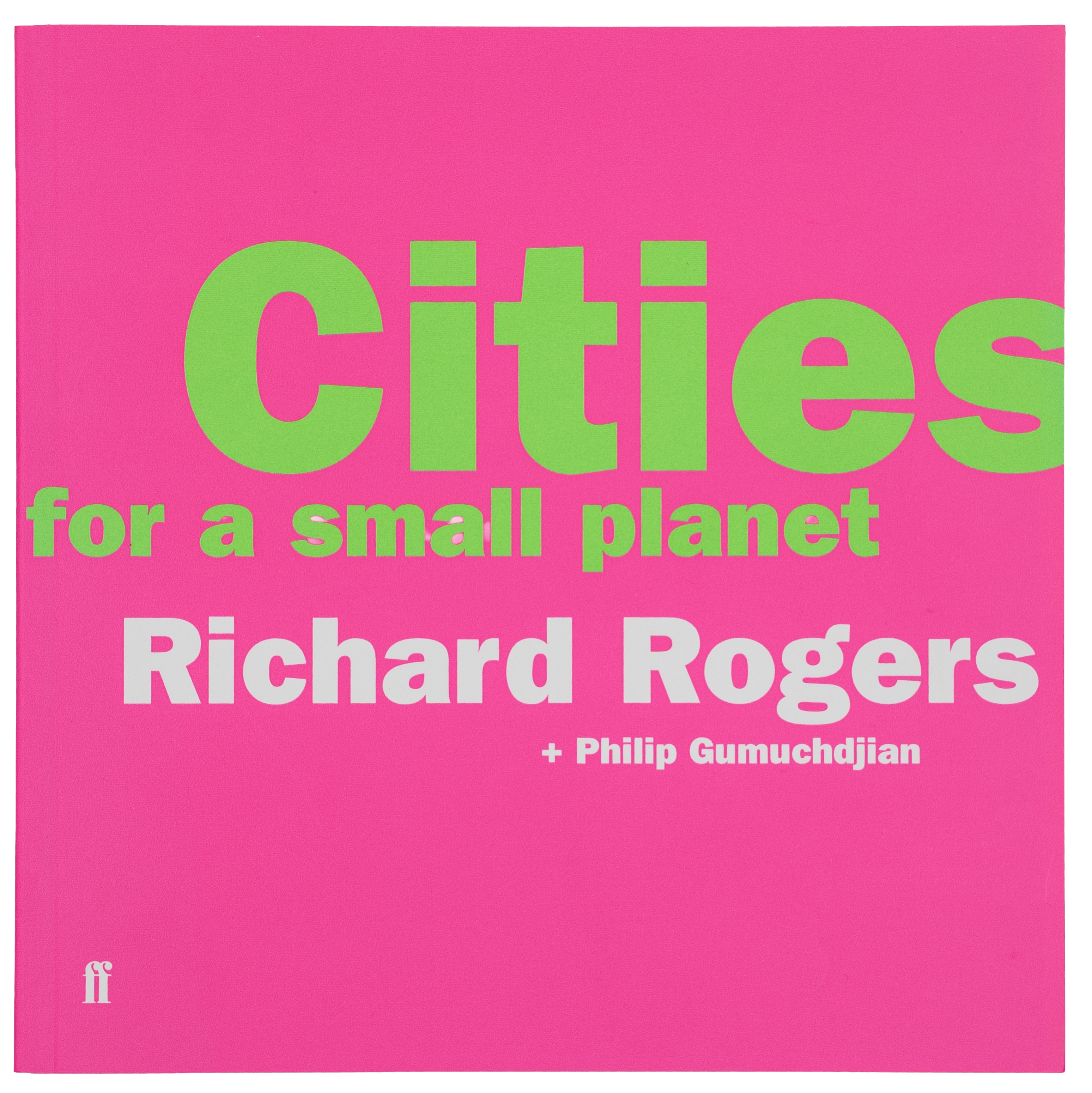Philip Gumuchdjian founded Gumuchdjian Architects (GA) after 18 years with the Richard Rogers Partnership (RRP). Since founding the practice he has won multiple RIBA Awards including two Stephen Lawrence Prizes. He chaired the RIBA Awards Group from 2014-2016 and was a member of the RIBA Grand Jury for the first International prize for excellence.
In 1986 whilst at RRP he worked with Laurie Abbott on the seminal ‘London as it could be’ proposals and designed its installation at the Royal Academy. He later co-wrote Richard Rogers’ BBC Reith Lectures on sustainability, published as ‘Cities for a small planet’. From 1996 he acted as Associate Director for the regeneration of the 200 HA Greenwich Peninsula, the legacy of the Millennium exhibition.
GA’s key projects since 1998 include: the Marylebone School Performing Arts Centre; the Centre Pompidou in Metz with Shigeru Ban & Jean de Gastines; the Think Tank in Skibbereen ; the Giant Recycled Paper Building in the Millennium Dome; The Butler Foundation Private Museum and the conversion of Lutyens’ Grade 2* Piccadilly Bank for Hauser & Wirth with Annabelle Selldorf and carried out the restoration of the Rogers House for Harvard GSD. Current work includes an ‘after school’ school in Goris for the Children of Armenia Fund and a major hotel project for the Sandbanks Community Group on the South Coast. Recent and current residential projects include the Artists House, Talisman, Pembridge Crescent and two large houses for the ‘Glebe’ in Chelsea, houses in Kensington and Chelsea.
Philip has taught urban design at UCL Bartlett, exhibited at the Venice Biennale and staged a one man show ‘Sensing Place’ at Messums West. He has lectured and was key speaker at the Buenos Aires Architecture Biennale. Philip’s work has been published in “Gumuchdjian Architects: Selected Works” and ” Sensing Place – What is the point of architecture?”.



